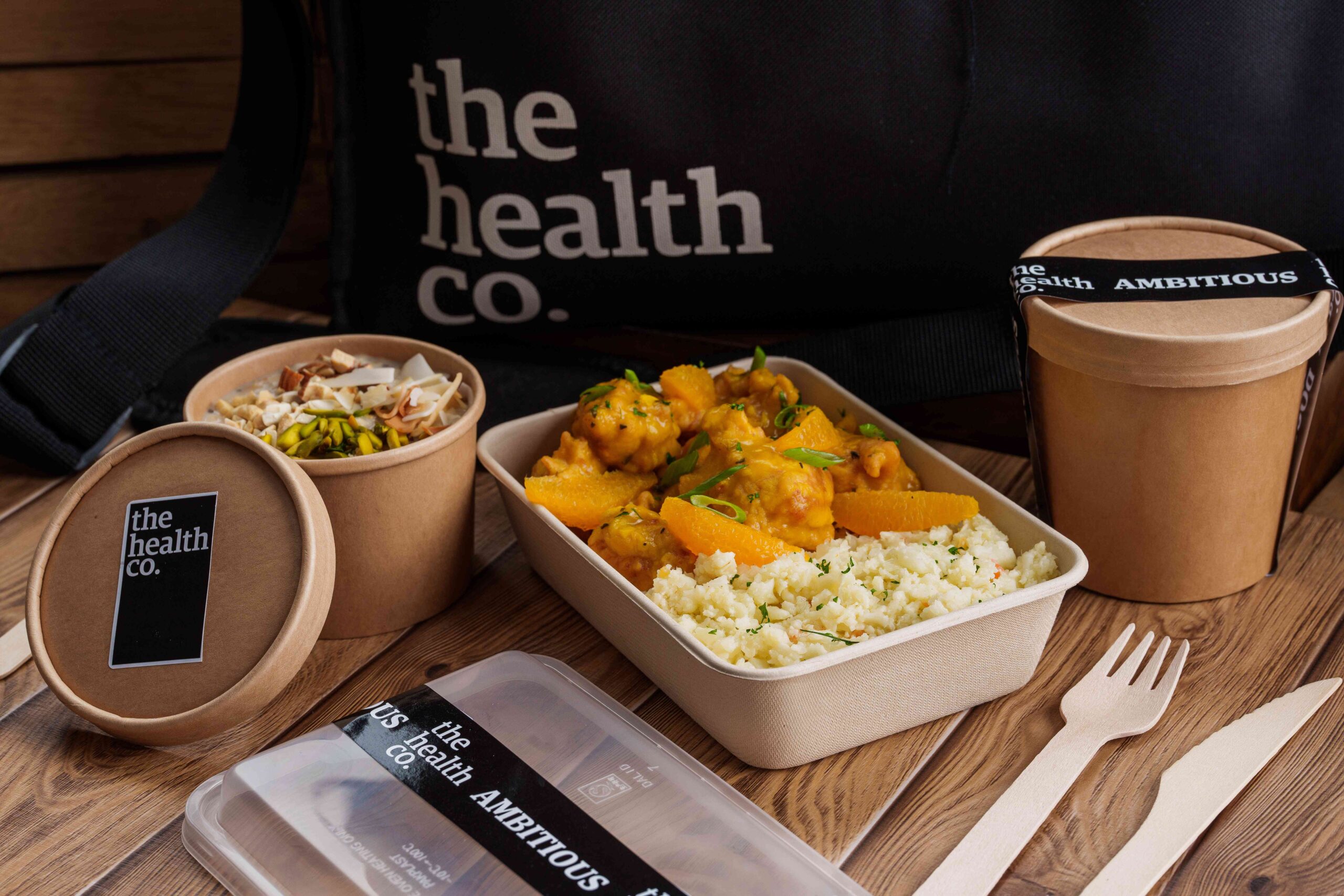
Customizing a weight loss meal plan ensures that it aligns with your specific dietary preferences, health goals, and lifestyle. Below are steps to help you personalize and customize a weight loss meal plan Dubai to meet your individual needs:
Set clear goals:
Define your weight loss goals, whether it’s a target weight, body fat percentage, or specific health improvements. Understanding your objectives will guide the customization process and help you stay focused on achieving measurable results.
Calculate caloric needs:
Determine your daily calorie requirements based on factors such as age, gender, current weight, activity level, and weight loss goals. Use an online calculator or consult with a registered dietitian to establish a calorie deficit that supports safe and sustainable weight loss (typically 500-1000 calories less than maintenance).
Ensure your meal plan provides essential nutrients:
Ensure your meal plan provides essential nutrients while promoting weight loss. Focus on incorporating lean proteins (like poultry, fish, tofu), complex carbohydrates (whole grains, vegetables), healthy fats (avocado, nuts), and plenty of fiber-rich foods to support digestion and satiety.
Choose appropriate portion sizes:
Balance portion sizes to meet your calorie targets and nutritional needs. Use measuring tools or portion control methods to avoid overeating and monitor your intake of higher calorie foods, even if they are nutritious.
Customize based on dietary preferences:
Tailor your meal plan to accommodate any dietary preferences or restrictions you may have, such as vegetarian, vegan, gluten-free, or dairy-free options. Modify recipes or substitute ingredients to ensure meals are enjoyable and aligned with your eating habits.
Include variety and enjoyment:
Incorporate a variety of foods to prevent boredom and increase adherence to your meal plan. Experiment with different recipes, cooking methods, and flavors to keep meals interesting and satisfying. Regularly monitor your progress towards your weight loss goals. Track your food intake, physical activity, and any changes in weight or body measurements. Adjust your meal plan as needed based on results, feedback from your body, and guidance from a healthcare professional.
Drink plenty of water throughout the day to support hydration and aid in appetite control. Combine your meal plan with regular physical activity to improve weight loss efforts, improve overall fitness, and maintain muscle mass.
